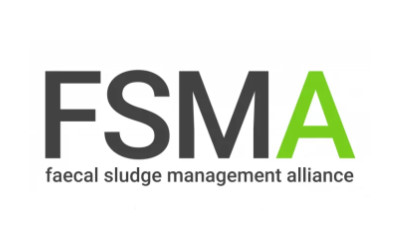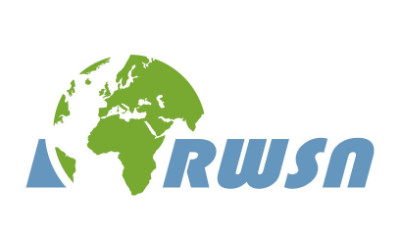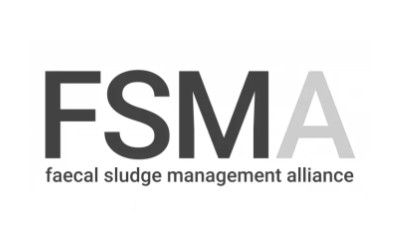Understanding Bound Water Content and Water Binding Strength in Faecal Sludge from On-site Sanitation Technologies and Human Faeces - WRC Final Report of the Project C2020/2021-00262
Santiago SEPTIEN, Arun Kumar RAYAVELLORE SURYAKUMAR, Larona MALOPE, Tanaka CHATEMA, Edwina MERCER, Jana DARMOVZALOVA, Jon POCOCK, Anusha SINGH (2023)
Published in: 2023
Pages: 71
Publisher:
Water Research Commission
Author:
Santiago SEPTIEN, Arun Kumar RAYAVELLORE SURYAKUMAR, Larona MALOPE, Tanaka CHATEMA, Edwina MERCER, Jana DARMOVZALOVA, Jon POCOCK, Anusha SINGH
Uploaded by:
Santiago Septien Stringel
Partner profile:
University of KwaZulu-Natal
278 Views
3 Downloads
Location of library entry
The aim of this project is to characterize the moisture boundness in faecal sludge, i.e. how moisture can be found in the sludge structure matrix and its interactions with the solid material. The understanding of moisture boundness will be greatly beneficial to improve the dewatering and thermal drying processes.
The limit of bound-unbound moisture varies between 50 to 70% moisture content (MC), depending on the analytical technique employed and type of faecal sludge. Capillary moisture is the more abundant type of bound moisture. It can be found approximately between around 70 to 20% MC. It is responsible of the lumpy consistency and high stickiness behaviour exhibited by faecal sludge in this MC range (observed by a peak of the cohesion and adhesion forces). Below 30% MC, the remaining moisture is mostly in the form of vicinal moisture (adsorbed at the surface of the solid particles by poly-layers) and internal moisture (being part of the chemical structure of the solid material and biological bodies). The removal of this type of moisture can only be achieved by thermal drying, but this will lead to an exponential increase of the energy consumption (because the energy to remove the vicinal and internal moisture is significantly higher than the latent heat of water vaporization).
In general, faecal sludge drying requires a considerably higher thermal energy input than the latent heat of water vaporization because of the moisture boundness. In order to lead to energy savings, drying could be stopped at around 30% MC. Indeed, the sludge has the form of a granular solid at this point and could be considered safe in terms of pathogens since the remaining moisture is too bound for most of the microbes development and survival. The removal of the unbound and capillary moisture leads to significant changes in the physicochemical and mechanical properties of the faecal material, by converting it into a granular solid from a slurry or viscoelastic consistency and passing through an intermediary sticky lumpy phase. These changes must be considered in the design of dewatering and thermal drying units. The moisture boundness between the different types of faecal sludge differ slightly.
Bibliographic information
Santiago SEPTIEN, Arun Kumar RAYAVELLORE SURYAKUMAR, Larona MALOPE, Tanaka CHATEMA, Edwina MERCER, Jana DARMOVZALOVA, Jon POCOCK, Anusha SINGH (2023). Understanding Bound Water Content and Water Binding Strength in Faecal Sludge from On-site Sanitation Technologies and Human Faeces - WRC Final Report of the Project C2020/2021-00262. Water Research Commission
Filter tags
Camps (emergency or longer term) Energy: fuel (liquid or solid) English Faecal sludge treatment processes Faeces or faecal sludge Fertiliser Fundamental research and engineering Peri-urban Practitioners Recommended by SuSanA (other than SuSanA publications) Research publications Rural Sanitation systems and technology options (WG4) Schools Sub-Saharan Africa Urban (entire city) Urban informal settlements (slums)















